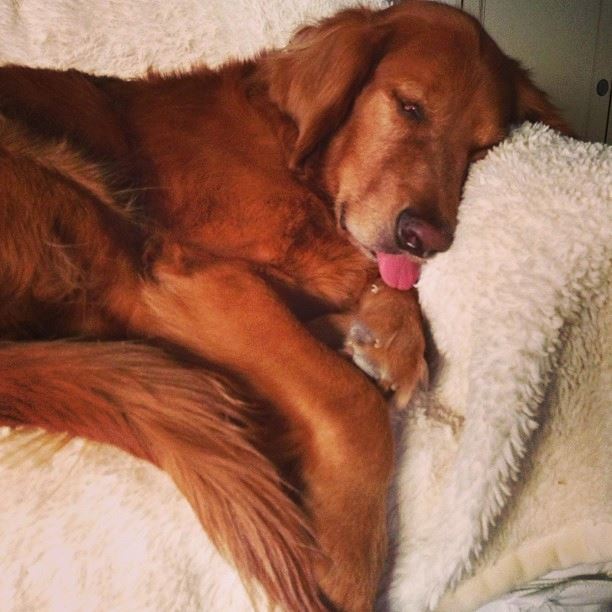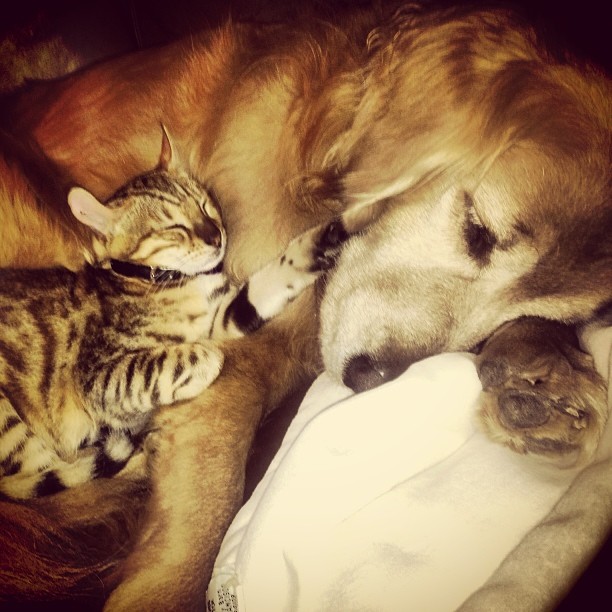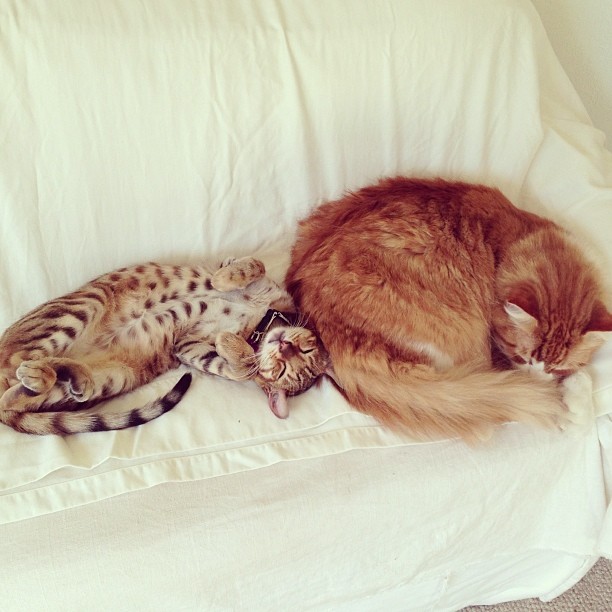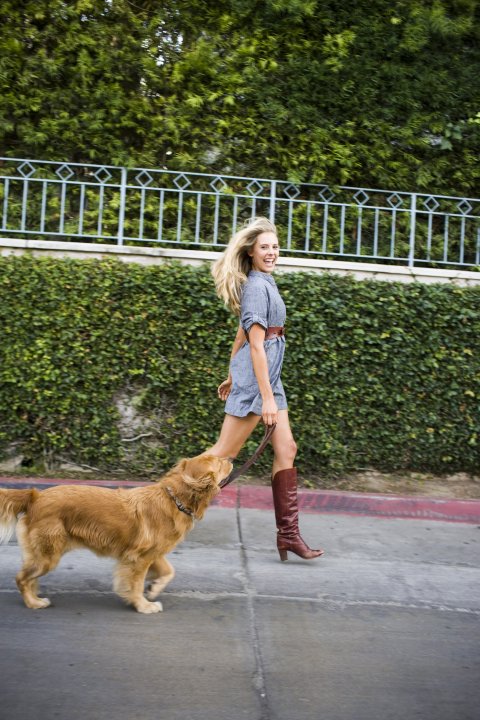Dear Zen Dog Girl,
This is Danielle (Wally's mom) we were in your puppy class almost a year ago now. We are close to moving into a house and once we do we would love to schedule individual training sessions. I really want to teach Wally that the street is a bad place. He is very good about staying close to me, but if he were to ever get out for any reason I am very scared he would go in the street. My brother in law lost his puppy about 6 months ago in the street because the landscaper opened the gate. We will definitely be extremely careful, but as a part of that I want to spend more time doing training with Wally.
However, the reason I am emailing you tonight is because Wally has developed a new fear. Any time we make a crackling noise he runs like the wind into the closet and hides in the hanging clothes. When we cook something on the stove, open a bag, or crack our knuckles he runs in there. He also does it when we put his food in his bowl, even if we try to do it quietly.
I am not sure what has spurred this behavior because we have only seen it for a week or two. Several months ago (about August or September) I roasted vegetables in a glass Pyrex dish, but I accidentally placed it on a hot burner, and it exploded all over the kitchen. We are thinking that may have scared him- but he has not been so scared of these little noises until recently. He is terrified of fireworks and thunder, which is understandable and we keep him away as best as possible. I am just baffled by this fear of opening a chip bag or his food bag, or cracking knuckles. Some noises, like opening a soda can he is not scared of. I hope you have an idea of what we can do to help him because he runs into the closet more than 10 times a day, just by us doing our normal things.
Thank You!
Danielle, Steve, and Wally
Hi Danielle, Steve and Wally!
So good to hear from you! Sounds like poor little Wally does need some therapy! We can set up a training session for whenever you like. In the meantime, here are a few things that you can start doing immediately. Begin by desensitizing and conditioning him to very "quiet" noises. It takes a lot of patience and time to desensitize dogs to scary, stressful stimuli, but Wally is still young and you are the perfect owner to work with him because you are patient and willing to do what it takes to make him confident and happy. Follow these three steps and Wally will be loving snap, crackle, pop noises before you know it!
Step 1: Even though it may be tough, resist all urges to coddle, cradle, pet and/or coo, "It's okay Wally!". It's our natural reaction to want to comfort our dogs when they are scared, but doing so gives them lots of attention for the behavior that they are displaying. When Wally is scared, he finds comfort by escaping into the closet and then probably waits for you to follow him there and tell him that 'it's okay' to act that way. His behavior will be positively reinforced if he gets attention for this. You want to make sure that you don't give any attention to his scaredy cat behaviors and you never ever want to follow him to the closet so that he can learn that tiny little noises aren't going to kill him. Also, make sure to observe your own reaction to a noise. By this time you have also probably been trained to hear a certain noise and then unconsciously look over at Wally worried that he will have a bad reaction to it. This small act may even be cuing him to react fearfully. Make sure that you always smile, be calm and be confident. When Wally doesn't display any fearful behavior to a noise, you can give him all of the love and attention in the world!
Step 2: Learn to recognize his threshold or tolerance levels to certain noises and then set up situations to work with him slowly by using clicker training. For instance, take a piece of paper, crinkle it a little bit and see what his reaction is to it. If he isn't startled, this is a good thing. You don't want to stress him out at all at this point. You want to start with a noise that he is very tolerant of and then build up the loudness based on his progress. If the piece of paper crinkling doesn't set him off, crinkle it, set it on the floor, and if he steps forward to investigate, you will click the second he takes his first step and then treat him by dropping the treat away from the paper so that he has to turn away from it. When he returns to investigate it again, click and treat away from the paper. Then crinkle the paper again and drop it on the ground. When he steps forward towards it, click and treat again. Keep doing this until he is able to walk all the way up the paper. Attach a cue to this, by saying, "check it out". Then you will be able to slowly increase the intensity of the noise by doing this type of exercise with other items that make noise. Make sure that you do not 'up the ante' too quickly and that you only proceed if Wally's body language is calm and happy. Look for good eye contact with you, tail held low and wagging, ears forward and not back. There should be no wincing, backing away, tail tucking or nervous signs like excessive panting, salivating or yawning. Set him up for success and just do a few repetitions a couple of times a day. You will have more success with several 5-10 minute training sessions spaced out throughout the day than you will with an hour long one once a day.
Step 3: Once Wally is feeling comfortable and confident with the slightest noises, start walking around your house making small noises like a small snap of your fingers, lightly setting a book on the table, touching a plastic bag etc. and randomly make the noise and happily say, "check it out!". Then nonchalantly drop several high value rewards (pieces of chicken, cheese, or any type of super smelly, yummy, soft treats) at your feet. Keep your treat pouch on you at all times around the house or place treat jars strategically around your house where you can easily grab some. Also, whenever you hear a noise that you know Wally is comfortable with, praise him and give him lots of attention for not reacting to the noise. Also, practice your basic commands (sit, down, look, touch, stay, leave it, go to bed, crawl, back etc.) with him everyday for at least 15 minutes. Get creative and play games with him or teach him a new trick everyday. Ask Steve to make a few quiet noises in the background while Wally is preoccupied with you playing the games. Build up his confidence all around and pretty soon Wally will be running towards noises!
It's great that you want to street train Wally and we will easily be able to teach him this during our session together. Go ahead and check out my article "
Doggy Street Smarts in 7 Steps
" for some helpful tips in the meantime. Looking forward to working with you more and I can't wait to see Wally's progress! Happy training!
Peace, Paws, and Love,
Zen Dog Girl : )
Update:
Thank you so much!!! We have been working with him the last few days and Wally is doing much better. Still nervous but he hasn't run into the closet at all! Thank you very much for responding! We will hopefully schedule a time with you very shortly!!!
Happy new year!!










